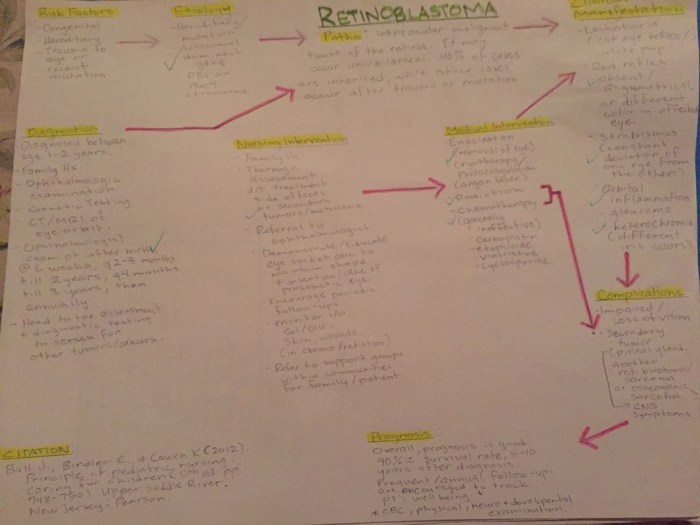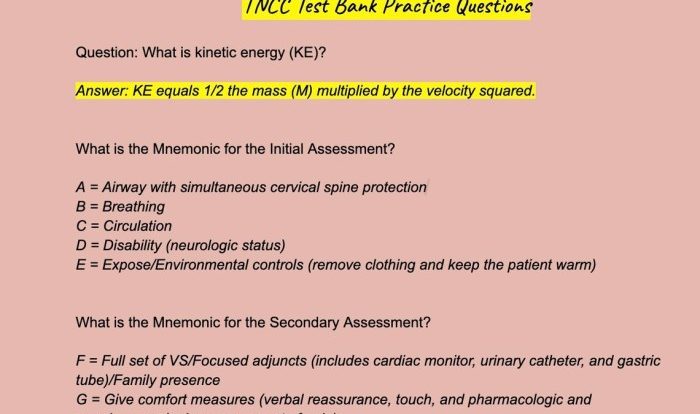Rn 3.0 clinical judgement practice 1 – RN 3.0 Clinical Judgment Practice 1 introduces a transformative approach to nursing, empowering nurses with the cognitive skills, assessment techniques, and ethical considerations essential for delivering exceptional patient care. This practice model provides a structured framework for nurses to make informed decisions, ensuring the best possible outcomes for their patients.
By embracing RN 3.0 Clinical Judgment Practice 1, nurses can enhance their critical thinking abilities, develop effective problem-solving strategies, and navigate complex ethical dilemmas with confidence. This practice model fosters a culture of continuous learning and improvement, ultimately leading to improved patient safety and satisfaction.
1. RN 3.0 Clinical Judgment Practice Model

The RN 3.0 Clinical Judgment Practice Model is a framework that guides nurses in making clinical decisions and providing patient care. It consists of five phases: assessment, diagnosis, planning, intervention, and evaluation.
Key Components
- Assessment: Gathering and analyzing patient data to identify health problems.
- Diagnosis: Identifying and naming patient health problems based on assessment findings.
- Planning: Developing a plan of care to address patient health problems.
- Intervention: Implementing the plan of care to improve patient outcomes.
- Evaluation: Assessing the effectiveness of the plan of care and making necessary adjustments.
Benefits
- Improved patient outcomes
- Reduced medical errors
- Enhanced patient satisfaction
- Increased nurse confidence and competence
2. Cognitive Skills for RN 3.0 Clinical Judgment: Rn 3.0 Clinical Judgement Practice 1

Effective clinical judgment in RN 3.0 requires nurses to possess a range of cognitive skills, including:
Essential Skills
- Critical thinking: Analyzing information, identifying patterns, and making logical conclusions.
- Problem-solving: Identifying and resolving patient health problems.
- Decision-making: Weighing evidence and making informed decisions about patient care.
- Prioritization: Identifying and addressing the most urgent patient needs.
- Communication: Effectively communicating with patients, families, and other healthcare professionals.
Development Strategies
- Case studies and simulations
- Preceptorship and mentorship
- Continuing education and professional development
- Reflective practice and self-assessment
3. Assessment and Diagnosis in RN 3.0 Clinical Judgment

Assessment is the process of gathering and analyzing patient data to identify health problems. Diagnosis is the process of identifying and naming patient health problems based on assessment findings.
Assessment Tools and Techniques, Rn 3.0 clinical judgement practice 1
- Patient interviews
- Physical examinations
- Diagnostic tests
- Review of medical records
Importance of Accurate Assessment
Accurate and comprehensive assessment is essential for accurate diagnosis and effective patient care. It helps nurses identify patient health problems early and intervene appropriately.
Answers to Common Questions
What are the key components of the RN 3.0 Clinical Judgment Practice Model?
The key components include cognitive skills, assessment and diagnosis, planning and intervention, evaluation and outcomes, and ethical and legal considerations.
How can nurses apply the RN 3.0 Clinical Judgment Practice Model in practice?
Nurses can apply the model by using critical thinking, problem-solving, and decision-making skills to assess patients, develop care plans, and evaluate outcomes. They must also consider ethical and legal implications.
What are the benefits of using the RN 3.0 Clinical Judgment Practice Model?
The model improves patient outcomes by promoting accurate assessment, evidence-based interventions, and ongoing evaluation. It also enhances nurse satisfaction and reduces the risk of errors.

